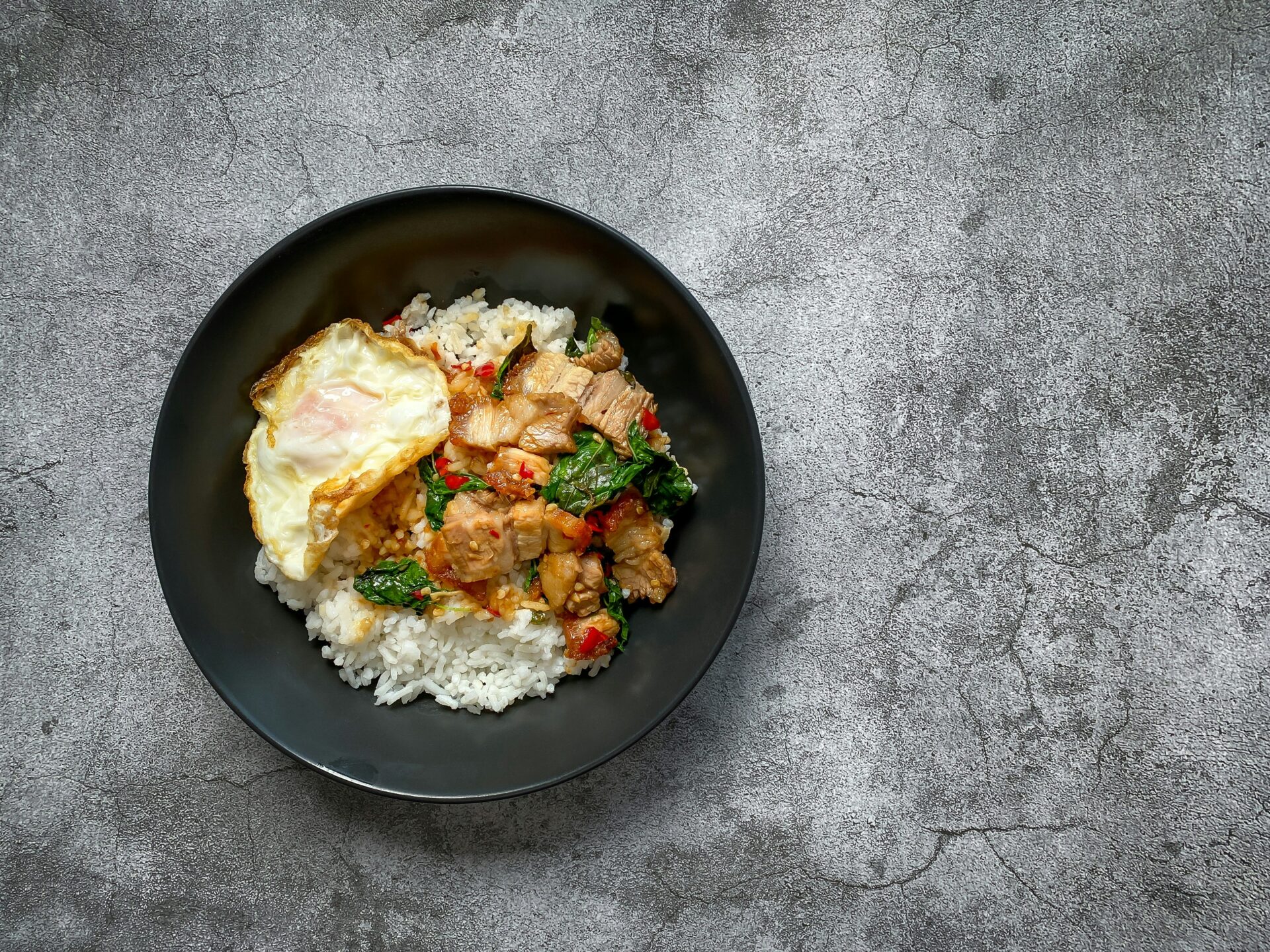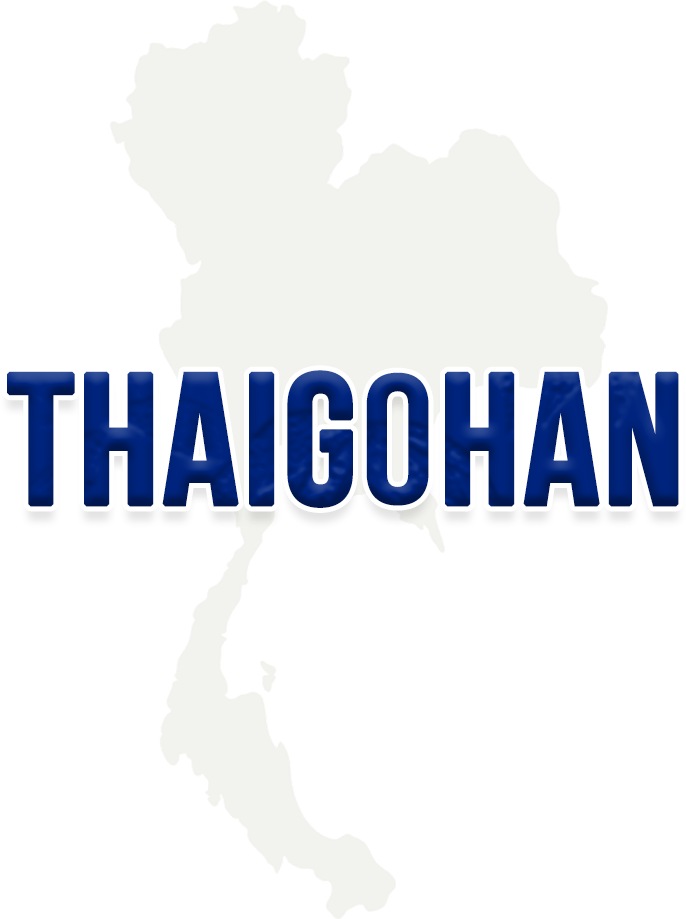The Secrets of Thai Food Culture: History, Traditions, and Modern Influences

Thailand is a country celebrated for its rich cultural heritage and natural beauty, but it is perhaps best known for its vibrant and diverse culinary scene. Thai cuisine, with its unique blend of flavors and aromas, has captivated the hearts of food lovers worldwide. Behind this beloved cuisine lies a deep history and a rich cultural background. In this article, we will delve into the secrets of Thai food culture, exploring its history, dining traditions, and the impact of modern influences on this ever-evolving culinary landscape.
目次
1. The History and Background of Thai Food Culture
Thai food culture has been shaped by a long history and a multitude of influences. As an ancient agrarian society, Thailand’s diet has traditionally been centered around rice and vegetables, with fish and meat incorporated to create a balanced diet. The country’s rice cultivation culture has had a profound impact on the daily diet of the Thai people, with rice remaining a staple food to this day.
Thai cuisine has also been influenced by neighboring countries such as China, India, and Malaysia. The use of spices and herbs is a hallmark of Thai cooking, with ingredients like coconut milk and spices in Thai curries tracing their origins back to India. Meanwhile, stir-frying and noodle dishes, now integral to Thai cuisine, were introduced by Chinese immigrants.
A key characteristic of Thai cuisine is the harmonious balance of flavors: sweet, spicy, sour, and salty. This balance is the essence of Thai cooking, and every dish reflects this intricate interplay of tastes.
2. Iconic Thai Dishes and Their Cultural Significance
Several iconic Thai dishes have gained global recognition, each with its own cultural significance. Below are some examples of these famous dishes and the cultural stories behind them:
- Tom Yum Goong: A hot and sour shrimp soup infused with lemongrass, kaffir lime leaves, and other herbs. Tom Yum Goong is not only a beloved dish in Thailand but also serves as a refreshing meal suited to the country’s hot climate.
- Pad Thai: A stir-fried noodle dish made with tamarind sauce, fish sauce, and peanuts, known for its sweet and savory flavors. Pad Thai was promoted by the government during World War II as a way to combat rice shortages, and today it is one of Thailand’s most famous street foods.
- Green Curry: A creamy, spicy curry made with coconut milk and green chili paste, often cooked with chicken, eggplant, and basil. This dish reflects the influence of Muslim culture in southern Thailand and has become a favorite throughout the country.
These dishes represent the richness of Thailand’s natural environment and the historical context that has shaped its cuisine, with each dish telling its own unique story.
3. Dining Traditions and Culture in Thailand
Dining in Thailand is more than just a means of sustenance; it is a key social activity that fosters relationships. Meals are often shared with family and friends, reflecting the importance of togetherness in Thai culture. It is common to see multiple dishes laid out on the table, with everyone sharing from the same plates, symbolizing the warmth and communal spirit of Thai society.
Moreover, dining etiquette and rituals hold significant value in Thai food culture. For example, it is customary to offer food to the elders first and to avoid leaving food on the plate as a sign of respect and gratitude. These practices highlight the deep sense of respect and appreciation that Thai people have towards food.
Special occasions and festivals also play an important role in Thai food culture. During Songkran (Thai New Year) and Loy Krathong (Festival of Lights), special dishes are prepared and shared among families and communities. These events offer an opportunity for Thai people to reconnect with their cultural traditions and reinforce the bonds within their communities through food.
4. Thailand’s Street Food Culture
For visitors to Thailand, experiencing street food is an essential part of understanding the country’s food culture. In bustling cities like Bangkok and Chiang Mai, street vendors line the streets from morning until late at night, offering a wide variety of dishes. Street food in Thailand is not only affordable but also incredibly flavorful, making it a favorite among locals and tourists alike.
Some popular street food dishes include Pad Thai, Tom Yum Goong, Pad Kra Pao (Thai basil stir-fry), Khao Man Gai (chicken and rice), and Kuay Teow (Thai noodle soup). These dishes are deeply embedded in the daily lives of Thai people, and the street food culture is key to understanding the broader food culture in Thailand.
5. Modern Thai Food Scene and Globalization
In recent years, Thai food culture has been significantly influenced by globalization. Alongside traditional dishes, fusion cuisine and new ingredients are being introduced, creating innovative dishes that blend Thai flavors with international culinary techniques. In Bangkok, for example, many chefs from around the world have set up restaurants, offering modern takes on classic Thai dishes.
Thai cuisine has also spread globally, with Thai restaurants gaining popularity in many countries. As a result, Thai food culture has become part of the global culinary landscape, with its influence continuing to grow.
Conclusion
Thai food culture has developed over centuries, influenced by various historical and cultural factors. From traditional dishes and dining customs to the modern food scene, Thai cuisine continues to evolve while maintaining its rich heritage. When you visit Thailand, be sure to immerse yourself in its diverse food culture. By savoring the complex flavors and learning about the history and traditions behind each dish, you will gain a deeper appreciation for the charm and allure of Thailand.
(Photo by Unsplash.com)




